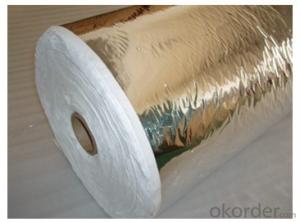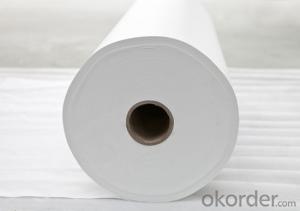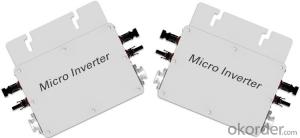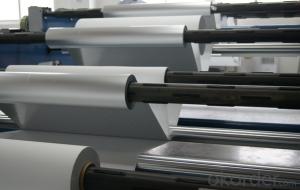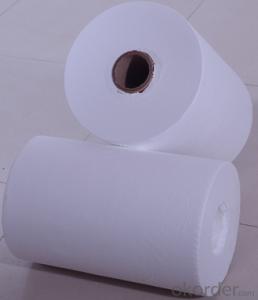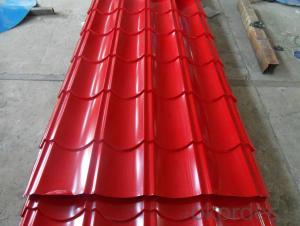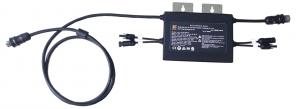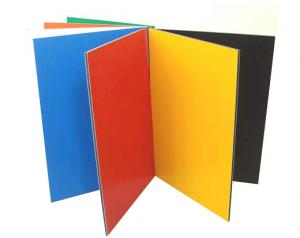Best Solar Micro Inverter
Best Solar Micro Inverter Related Searches
Best Paint For Stainless Steel Best Inverter For Solar System Solar Panel Inverter For Home Best Inverter For Solar Panels Best Solar Inverter For Rv Bending Machine For Pvc Profiles Micro Inverter For Solar Panel Best Glue For Aluminum Foil Pvc Foil For Mdf Plastic Wall Coverings For BathroomsHot Searches
Type Of Inverter For Solar Price Of Shipping Containers For Sale Types Of Inverter For Solar Used Sandwich Panel For Sale Bags Of Cement For Sale Pvc Chairs For Sale Tilt Panel Props For Sale Types Of Temporary Side Panels For Cement Deck Cost Of Awnings For Decks Type Of Scaffolding With Pdf Price Of Scrap Stainless Steel Price Of Stainless Steel Scrap Price Of Stainless Steel Type Of Stainless Steel Best Solar Inverter In China Types Of Stainless Steel Grades Types Of Stainless Steel China Aluminum Coil Factory pvc pipe manufacturers in usa Sandwich Panel Price In IndiaBest Solar Micro Inverter Supplier & Manufacturer from China
Okorder.com is a professional Best Solar Micro Inverter supplier & manufacturer, offers integrated one-stop services including real-time quoting and online cargo tracking. We are funded by CNBM Group, a Fortune 500 enterprise and the largest Best Solar Micro Inverter firm in China.Hot Products
FAQ
- A solar inverter handles variations in grid voltage by continuously monitoring the voltage levels and adjusting its output accordingly. It has built-in voltage regulation and control mechanisms that help maintain a stable and consistent output voltage, even when there are fluctuations in the grid voltage. This ensures that the solar inverter can efficiently convert the DC power generated by the solar panels into AC power that is synchronized with the grid, regardless of any voltage variations in the grid.
- Yes, a solar inverter can be used with a solar-powered electric fence system. The solar inverter will convert the direct current (DC) power generated by the solar panels into alternating current (AC) power, which can then be used to power the electric fence system. This ensures that the fence receives a constant and reliable power supply from the solar panels.
- To monitor the performance of a solar inverter, you can follow these steps: 1. Install monitoring software: Most solar inverters come with monitoring software that allows you to track their performance. Install this software on your computer or use the manufacturer's online platform. 2. Connect to the inverter: Connect your computer or smartphone to the solar inverter using the provided communication interface, such as Wi-Fi, Ethernet, or RS485. This connection enables you to receive real-time data from the inverter. 3. Monitor energy production: Once connected, you can monitor the energy production of your solar inverter. The software will display crucial data like energy output, daily energy generation, and historical performance. This information helps you track the efficiency of your solar system. 4. Analyze system performance: Use the monitoring software to analyze the performance of your solar inverter. Identify any abnormalities or issues that may affect its efficiency. Make note of any error codes or alerts reported by the software and address them promptly. 5. Set up alerts and notifications: Configure the monitoring software to send you alerts and notifications. These can inform you about any significant changes in performance, such as a sudden drop in energy production or a fault in the system. It allows you to take prompt action and ensure optimal performance. 6. Regularly review data: Periodically review the data collected by the monitoring software. Compare current performance with historical data to identify any long-term trends or changes. This analysis can help you optimize your solar system's performance and detect any potential maintenance requirements. By following these steps, you can effectively monitor the performance of your solar inverter and ensure its efficient operation.
- The role of a solar inverter in voltage and frequency regulation during grid disturbances is to ensure stable and reliable power supply from solar panels to the grid. It monitors the voltage and frequency of the grid and adjusts the output of the solar panels accordingly to maintain a consistent and synchronized power flow. This helps to prevent power fluctuations and protect the grid from disturbances, ensuring efficient and safe operation of the electrical system.
- Yes, a solar inverter can be upgraded or expanded in the future. Many solar inverters have modular designs that allow for easy upgrades or additions of additional components. This flexibility allows homeowners or businesses to increase the capacity of their solar system as their energy needs grow or new technologies become available. Upgrading or expanding a solar inverter can also help improve efficiency and performance, ensuring that the system stays up to date with the latest advancements in the industry.
- The role of a solar inverter in protecting the electrical grid is to ensure the safe and efficient integration of solar power into the grid. It converts the direct current (DC) produced by solar panels into alternating current (AC) that is compatible with the grid. Additionally, solar inverters monitor and regulate the flow of electricity, providing grid stability by managing voltage and frequency fluctuations. They also incorporate safety mechanisms to disconnect from the grid in case of emergencies or grid disturbances, protecting both the solar system and the overall electrical grid.
- Yes, a solar inverter can be used with a solar-powered swimming pool heater. A solar inverter converts the direct current (DC) produced by the solar panels into alternating current (AC) that is compatible with household appliances and equipment. Since a solar-powered swimming pool heater also relies on solar panels to generate electricity, the solar inverter can be used to convert the DC power from the panels into the AC power required to operate the heater.
- Surge protection is of utmost importance in a solar inverter due to several reasons. Firstly, solar inverters are responsible for converting the direct current (DC) generated by solar panels into alternating current (AC) that can be used to power electrical devices. During this conversion process, there is a potential for power surges or voltage spikes to occur. These surges can damage the sensitive electronic components within the inverter, leading to malfunctions or complete failure. Secondly, solar inverters are often connected to the electrical grid, allowing excess electricity generated by the solar panels to be fed back into the grid. However, the grid can be prone to power fluctuations and surges caused by lightning strikes, utility switching, or other external factors. Without adequate surge protection, these power surges can travel back through the grid and damage the solar inverter. Furthermore, surge protection is essential in safeguarding the entire solar power system. In addition to the solar inverter, there are other components such as charge controllers, battery systems, and monitoring equipment that are interconnected. A surge in any part of the system can potentially damage or disrupt the entire system's operation. By installing surge protection devices, such as surge suppressors or surge arresters, in the solar inverter, the excess energy from power surges is diverted away from the sensitive electronic components. These devices are designed to absorb or redirect the surge, protecting the inverter and other connected equipment. In conclusion, surge protection is crucial in a solar inverter to prevent damage from power surges during the conversion process, protect against external power fluctuations from the grid, and safeguard the entire solar power system. Investing in proper surge protection ensures the longevity and reliable operation of the solar inverter, minimizing the risk of costly repairs or replacements.







